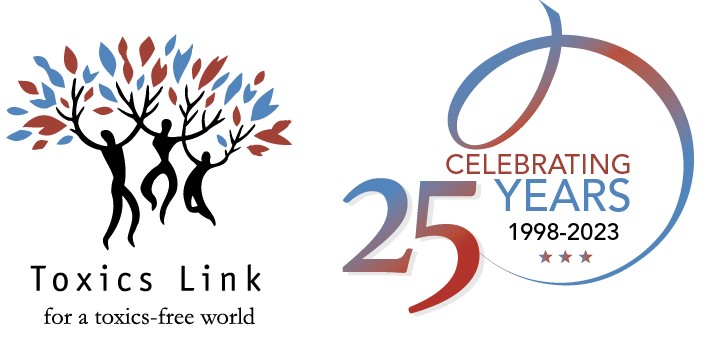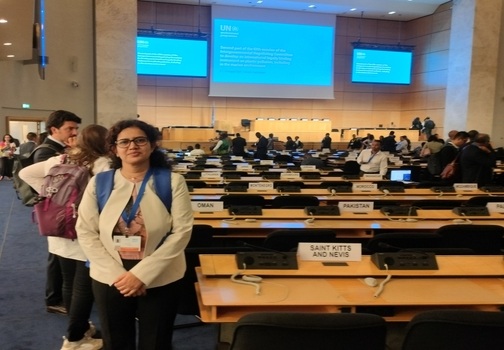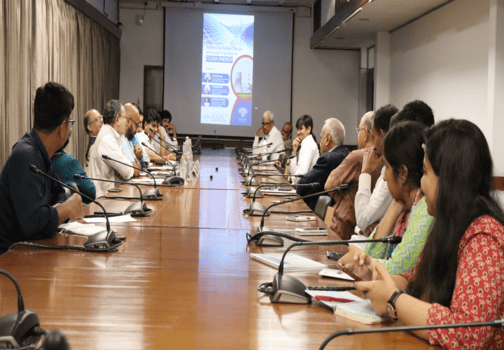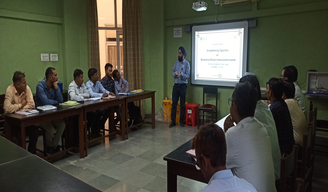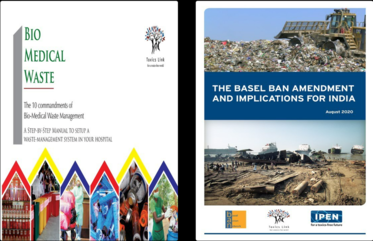GOVERNMENT OF INDIA
MINISTRY OF ENVIRONMENT, FOREST AND CLIMATE CHANGE
RAJYASABHA
UNSTARRED QUESTION NO. 2441
TO BE ANSWERED ON 24.03.2022
E-waste generation in the country
2441. SHRI KAMAKHYA PRASAD TASA:
Will the Minister of ENVIRONMENT, FOREST AND CLIMATE CHANGE be pleased to State:
(a) the quantum of e-waste generated along with the rate of increase in the generation
ofwaste in the last three years;
(b) the details of schemes being implemented for the recycling of e-waste; and
(c) the measures taken by Government to prevent the generation of e-waste?
ANSWER
MINISTER OF STATE IN THE MINISTRY OF ENVIRONMENT, FOREST AND
CLIMATE CHANGE
(SHRI ASHWINI KUMAR CHOUBEY)
(a) Under the E-Waste (Management) Rules, 2016, twenty-one (21) types of electrical and electronic equipment (EEE) have been notified. These notified EEE at the end of their life becomes E-Waste. The input data for estimation of generation of e-waste is available from Financial Year (FY) 2017 – 18 and for national level generation only. Information on national level e-waste generation for the financial year 2017-18, 2018-19 and 2019-20 alongwith percentage increase is given in the table below:
S.No Financial year Estimated Generation
(Tonnes) % Increase
- 2017, 2018. 7,08,445 N.A
- 2018 2019 7,71,215 8.86%
- 2020 2019 10,14,961.2 31.60%
(b) & (c) The management of e-waste is regulated under the frame work of E-Waste
(Management) Rules, 2016 and amendments thereof. The Rules, are effective from 01-10-
2016 and have the following specific objectives:
Extended Responsibility to producers to manage a system of E-waste collection, storage, transportation and environmentally sound dismantling and recycling through EPR Authorization (EPRA).
To promote and encourage establishment of an efficient e-waste collection mechanism.
To promote environmentally safe and sound recycling through authorized dismantlers and recyclers of e-waste.
To minimize illegal recycling / recovery operations. Reduce hazardous substances in Electrical and Electronic Equipment (EEE).Under the aforesaid rules, provisions have been made for dismantling and recycling ofe-waste. The dismantlers and recyclers have to obtain authorization from concern State Pollution Control Boards (SPCBs)/ Pollution Control Committees (PCCs). The concerned SPCB/PCC grants authorization after ensuring that the dismantlers and recyclers have the dismantling and recycling facilities as per the guidelines of Central Pollution Control Board (CPCB).
Principal of Extended Producer Responsibility (EPR) has been implemented for management of e-waste in the country. Under EPR, Producers have to collect targeted quantity of e-waste for environmentally sound dismantling and recycling only through an authorized dismantlers and recyclers. The authorized dismantler and recyclers are required to carry out dismantling and recycling of e-waste in an environmentally sound manner as per the guidelines published by CPCB. As per the information provided by Ministry of Electronics and Information Technology (MeitY), being the nodal ministry for electronics and IT, MeitY has amended the existing Scheme for Promotion of Manufacturing of Electronic Components and Semiconductors (SPECS) to provide support for setting up of state-of-art e-waste recycling facilities for extraction of precious metals from e-waste components. The scheme envisioned for financial incentive of 25% on capital expenditure.
